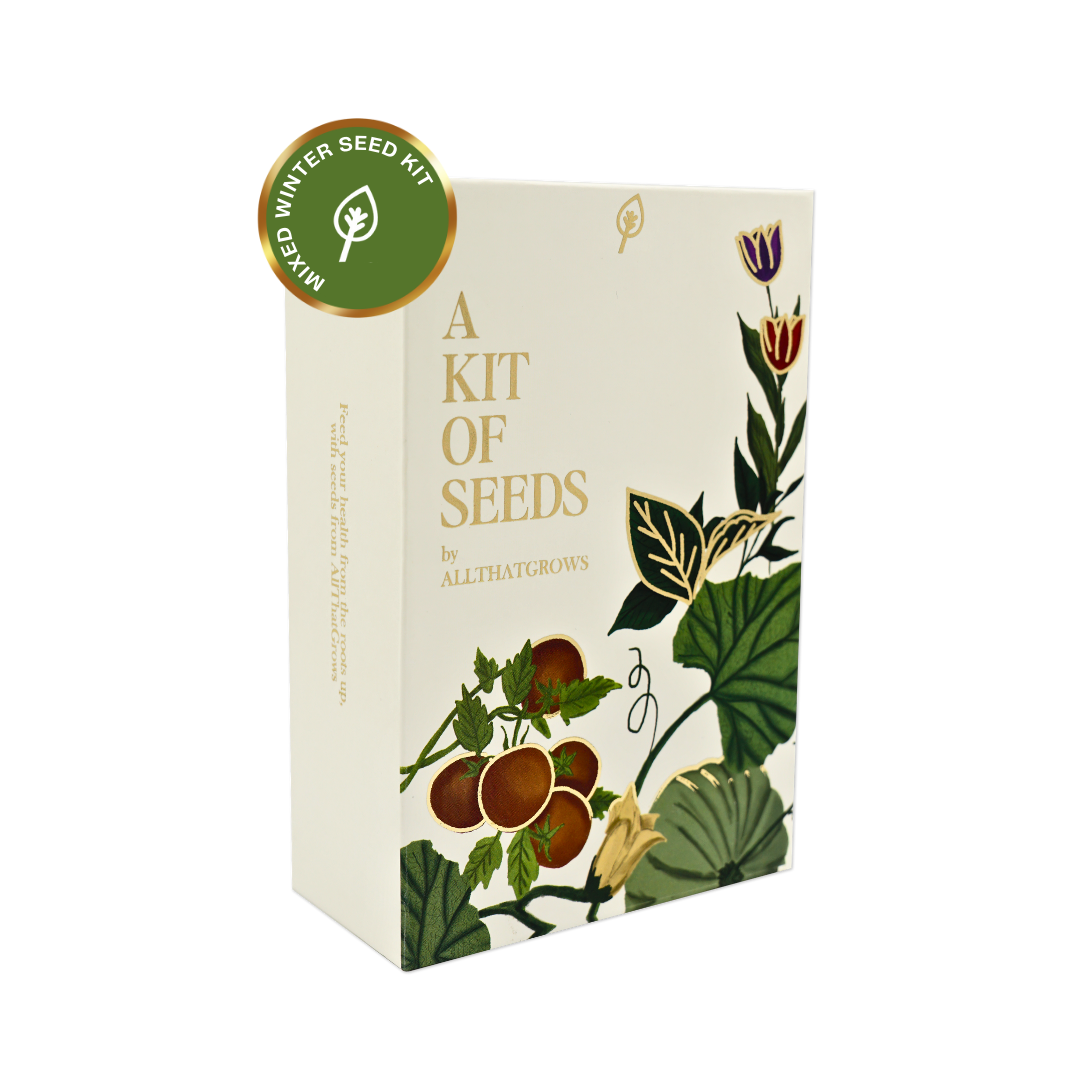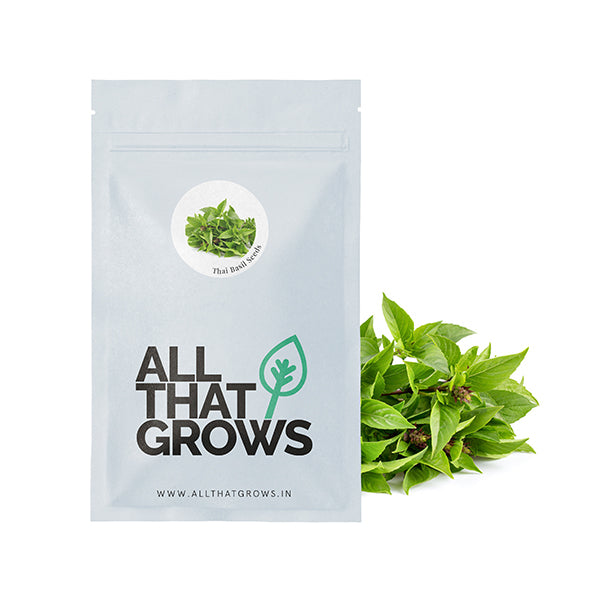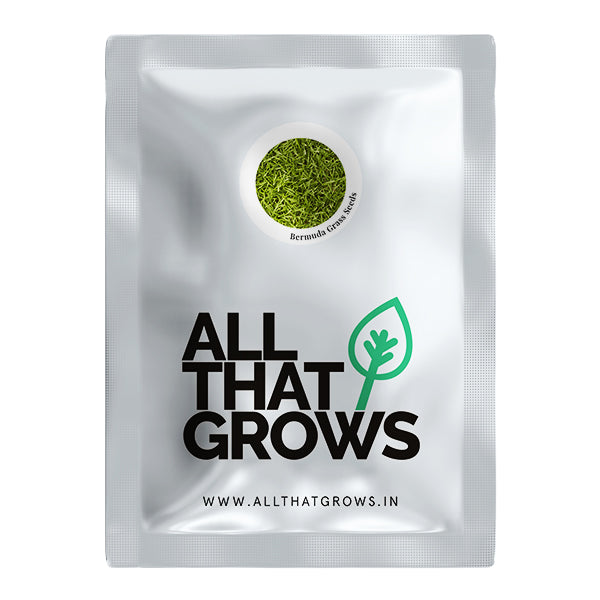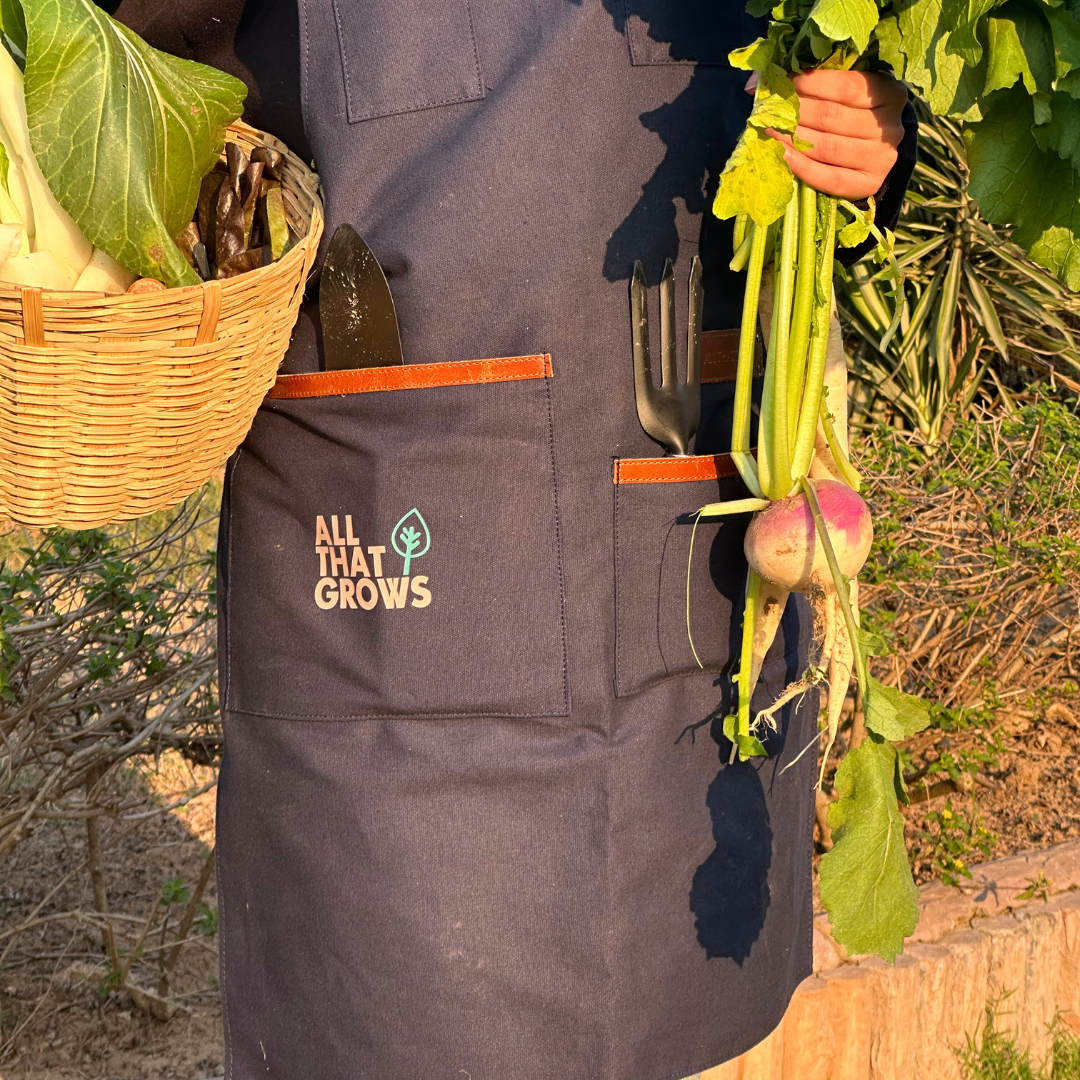- Details
- How to sow
- Reviews
Red Radishes are more pungent and sharp as compared to the popular white ones but are not nutritionally deficit at all. In fact, the anthocyanins that are responsible for the blush red color make them more nourishing than the white varieties. The red radishes pack quite a punch when it comes to flavor and nutrition! In fact, since the ancient times the radish has been known to have many health benefits. There is even a Chinese proverb dedicated to radishes which states, eating pungent radish and drinking hot tea, let the starved doctors beg on their knees. The pungency in radishes can be attributed to isothiocyanate which is very intense in red radishes. These are also extremely rich in antioxidants such as sulforaphane and Vitamin C. Better digestion, glowing skin, stronger hair are only a few benefits of consuming red radishes. Radishes are extremely useful in treating jaundice, piles, urinary disorders, and liver dysfunctions too. It also makes for an effective cure for constipation and enhances immune system as well.
You can eat them raw, cook them or add to salads and sandwiches. Radish leaves can also be eaten.
Planting instructions
Plan a fall planting. Plant 4-6 weeks into fall before the start of the winter.
Directly sow seeds ½ to an inch deep and one inch apart in rows that are 12 inches apart.
Thin to about 2-inch spacings. Avoid crowding of plants together.
Radishes when planted in too much shade—or even where neighbouring vegetable plants shade them—they invest all their energy into producing bigger leaves.
Practise 3 year crop rotation.
Growing Requirements
watering
Keep soil evenly moist but not waterlogged.
pests
The pests that attack radish can cause the roots to fail to form, tiny shot-holes in leaves of seedlings, leaves to turn dull yellow, curl, stunted - making them brittle and deformed. Common type of pests that affect this crop are Cabbage Root Maggot and Clubroot.
soil
Radishes require well-drained soil With pH 5.8 to 6.8. For the best radishes, plant them in a friable soil.
spot
The crop yields best produce in full sun.
temperature
Grows best in cool 10-18 C (50 F to 65 F), moist weather. Hot weather reduces quality.
how to harvest
Radishes are quick to harvest, as rapidly as three weeks after planting.
Do not leave them in the ground for long after they have reached maturity, their condition will deteriorate.
Trim the tops off short, wash the radishes and dry them thoroughly.
Store in refrigerator in plastic bags. Radish greens can be stored separately for up to three days.

The productiveness of any seed we sell is subject to your local climatic conditions*, the sowing method you adopt, and your commitment to the planting process. We give no warranty, expressed or implied, and are in no way responsible for the produce.
Please note that all our seasonal recommendations/ sowing information is as per the local climatic conditions. *For more information on the optimum conditions required for growing seeds in your region, please contact us at, hello@allthatgrows.in or Whatsapp us at, +91 8544865077
Questions & Answers
Have a Question?
Be the first to ask a question about this.


















